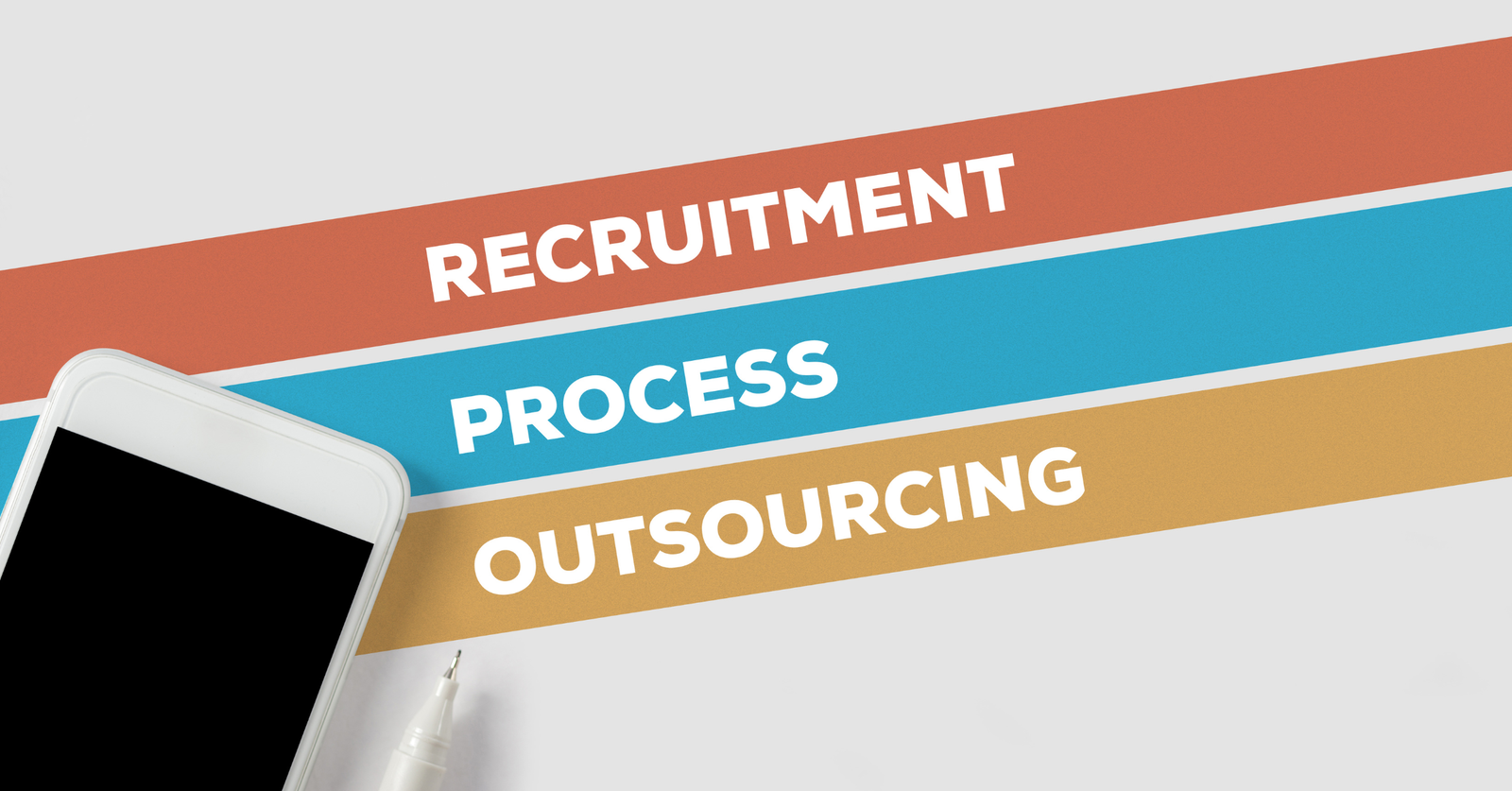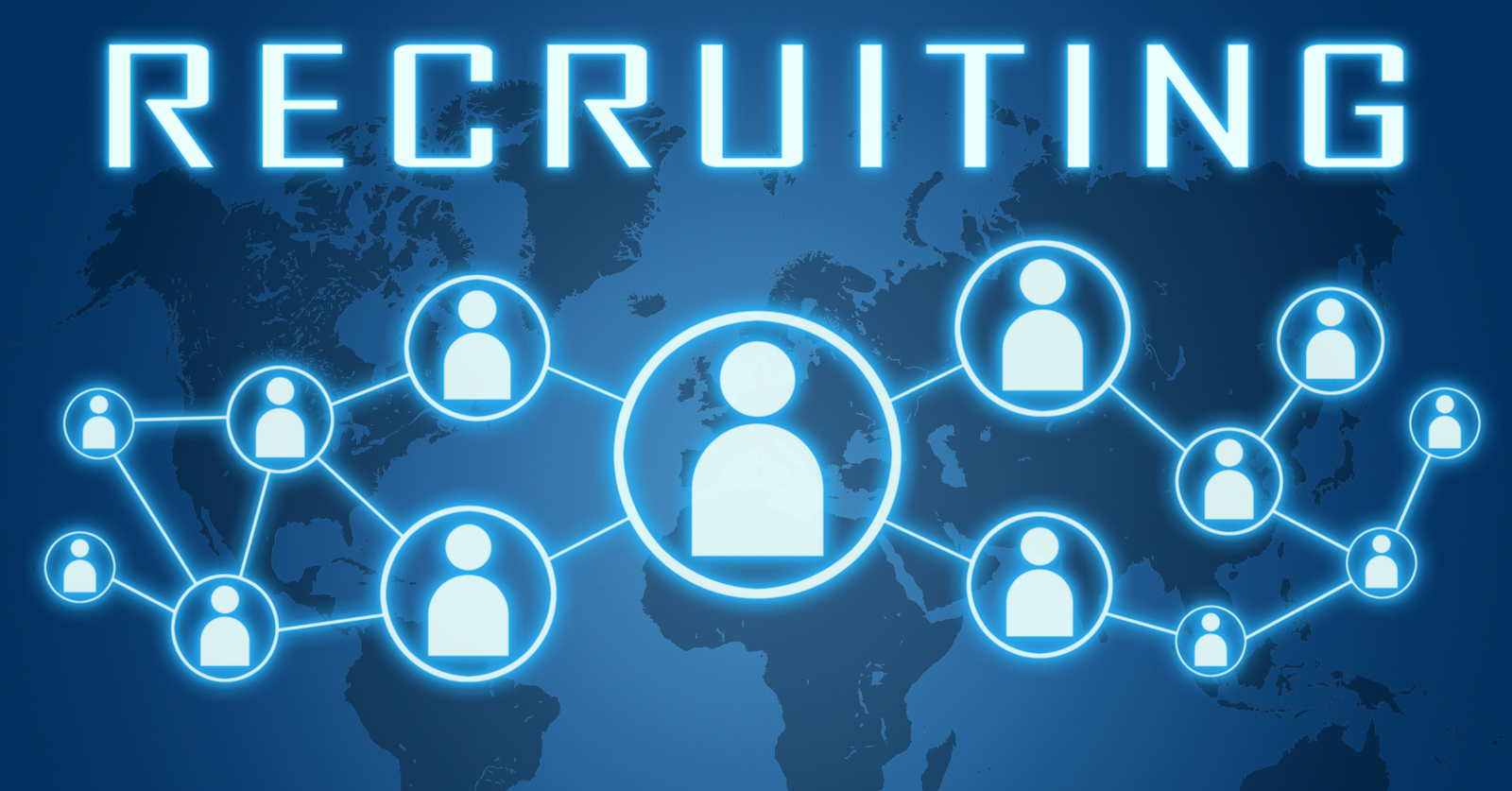For decades, resumes have been the cornerstone of job applications. They summarize a candidate’s education, work history, and achievements—essentially acting as the first filter in the hiring process.
But in today’s fast-paced job market, resumes alone are no longer sufficient. They often fail to highlight what really matters: skills and potential. Traditional evaluation methods lean heavily on pedigree—where someone studied, which companies they worked at—while overlooking real performance, adaptability, and problem-solving abilities.
Enter Artificial Intelligence (AI). This powerful technology is transforming recruitment by moving beyond static resumes and enabling skills-first, data-driven candidate screening. From parsing applications with accuracy to assessing real-world skills and reducing bias, AI is reshaping how organizations identify talent.
In this blog, we’ll explore:
- The problems with resume-centric screening
- How AI transforms candidate evaluation
- Real-world examples of AI in hiring
- Ethical concerns and risks
- The future of AI-driven recruitment
The Hindrances of Resume-Centric Screening
Despite being the traditional standard, resumes come with several limitations that make them less effective in today’s job landscape.
1. Over-Reliance on Keywords
Many companies use Applicant Tracking Systems (ATS) to filter resumes. These tools scan for specific keywords related to job descriptions.
- The problem: Candidates often stuff resumes with irrelevant keywords just to pass through filters.
- Result: Some unqualified candidates appear “fit on paper,” while skilled candidates are ignored.
2. Bias Toward Background
Recruiters often unconsciously favor candidates from prestigious schools or well-known companies.
- This creates a pedigree bias, where capable applicants from smaller institutions or startups are overlooked.
- Talent gets equated with “brand names,” not actual ability.
3. Incomplete Picture of Abilities
Resumes reflect the past—what a candidate has done—but not necessarily their current capabilities or how they’ll perform under new challenges.
- They rarely capture problem-solving skills, adaptability, or creativity.
- Soft skills such as communication, empathy, and teamwork are often invisible on paper.
In a job market where agility matters more than static experience, resumes can be a sketchy snapshot, not a true reflection of talent.
How AI Improves Candidate Screening
By 2025, it is estimated that 83% of companies will rely on AI-driven screening tools—a dramatic rise from the 48% using them today. The reason is clear: AI offers smarter, faster, and fairer evaluation processes.
Here’s how AI is improving candidate screening:
1. Skills-Based Assessments
Instead of just reading resumes, AI evaluates what candidates can actually do.
- AI-powered platforms create real-life simulations and problem-solving scenarios.
- Video interview tools analyze communication styles, emotional intelligence, and behavioral traits.
- The focus shifts from past job titles to demonstrated skills and potential.
2. Natural Language Processing (NLP)
Traditional ATS relies on keyword matching. AI, with NLP, goes deeper:
- It interprets the context and meaning behind a candidate’s experience.
- Example: Instead of just matching “project management” as a keyword, AI can understand whether the candidate actually led teams, coordinated deadlines, or solved project bottlenecks.
3. Predictive Performance Analytics
AI doesn’t rely on a single data source. Instead, it pulls together multiple data points:
- Resume details
- Skill test results
- Video interview analysis
- Psychometric assessments
These inputs are integrated to predict future job performance more reliably than human intuition alone.
4. Reducing Bias and Promoting Diversity
Bias—both conscious and unconscious—has long plagued recruitment. AI can:
- Mask irrelevant details like names, gender, or alma maters.
- Focus solely on skills and attributes that matter for job success.
- Expand the talent pool by identifying qualified candidates who might otherwise be ignored.
5. Continuous Talent Matching
Traditional hiring tools often reject candidates outright if they don’t fit a specific role.
AI, however, matches candidates across roles within the organization.
- A candidate may not fit Role A but could excel in Role B.
- AI also suggests reskilling pathways to prepare candidates for future opportunities.
Real-Life Examples of AI in Candidate Screening
- Unilever
- Uses AI-powered video interviews and gamified assessments.
- Candidates complete short digital games to measure memory, problem-solving, and risk tolerance.
- AI analyzes speech patterns, tone, and facial expressions during video interviews.
- Hilton Hotels
- Implements AI chatbots for initial candidate conversations.
- Chatbots answer FAQs, ask screening questions, and filter candidates using NLP-based response analysis.
- IBM
- Uses AI to match candidates to job roles based on skills, not just job titles.
- Suggests reskilling opportunities for candidates who may not fit current openings but have transferable skills.
These examples show how global companies are already replacing static resumes with dynamic, AI-driven evaluations.
Risks and Ethical Concerns of AI in Recruitment
While AI offers immense potential, it also comes with challenges that HR teams must manage carefully.
1. Bias in Training Data
AI learns from historical data. If past hiring practices were biased, AI risks replicating those patterns.
Solution: Use diverse, bias-free datasets and conduct regular audits.
2. Transparency Issues
Candidates often don’t know how AI evaluates their applications. Lack of transparency can lead to mistrust.
Solution: Employers should explain the role of AI in hiring decisions.
3. Over-Reliance on Machines
AI should assist, not replace human judgment.
- Final hiring decisions must still include human insight.
- Recruiters should balance AI-driven recommendations with personal evaluation.
The Future of Candidate Screening with AI
The shift from resume-based to skills-based hiring is not just a trend—it’s the future of work.
1. AI as a Strategic Ally
AI is becoming the backbone of modern recruitment, enabling faster, smarter, and fairer hiring.
2. Rise of Lifelong Learning Models
AI doesn’t just screen candidates; it identifies skill gaps and suggests upskilling opportunities.
- This transforms recruitment into a continuous talent development process.
3. Global, Remote, and Hybrid Hiring
AI-powered tools make it easier to screen candidates from anywhere, widening the talent pool and supporting hybrid work models.
4. Evolving Role of Recruiters
Recruiters will move from manual screening to strategic talent advisors, focusing on human connection, culture fit, and final decision-making.
Key Takeaways
- Resumes are outdated as the sole basis of candidate screening—they reflect the past but not current skills or potential.
- AI enhances recruitment by evaluating skills, analyzing communication, predicting performance, and reducing bias.
- Leading companies like Unilever, Hilton, and IBM are already using AI-powered screening tools.
- Risks such as bias in training data and transparency issues must be managed carefully.
- The future of hiring is skills-first, AI-enabled, and human-supported.
Frequently Asked Questions on AI in Candidate Screening
Q1. Will AI replace human recruiters?
No. AI is a support system—it handles repetitive tasks and data analysis, but humans still make the final decisions.
Q2. Is AI in recruitment only for large companies?
No. Affordable AI-powered tools are now available for small and medium businesses (SMBs) too.
Q3. How does AI reduce bias in hiring?
AI can mask irrelevant details (like gender or school names) and focus on skills, though it must be trained carefully to avoid replicating past biases.
Q4. Can AI evaluate soft skills?
Yes. AI-powered video interviews and behavioral assessments can analyze tone, empathy, and problem-solving approaches.
Q5. What’s the biggest advantage of AI in screening?
The ability to assess skills and potential—not just past experience—leading to better hires and reduced attrition.





